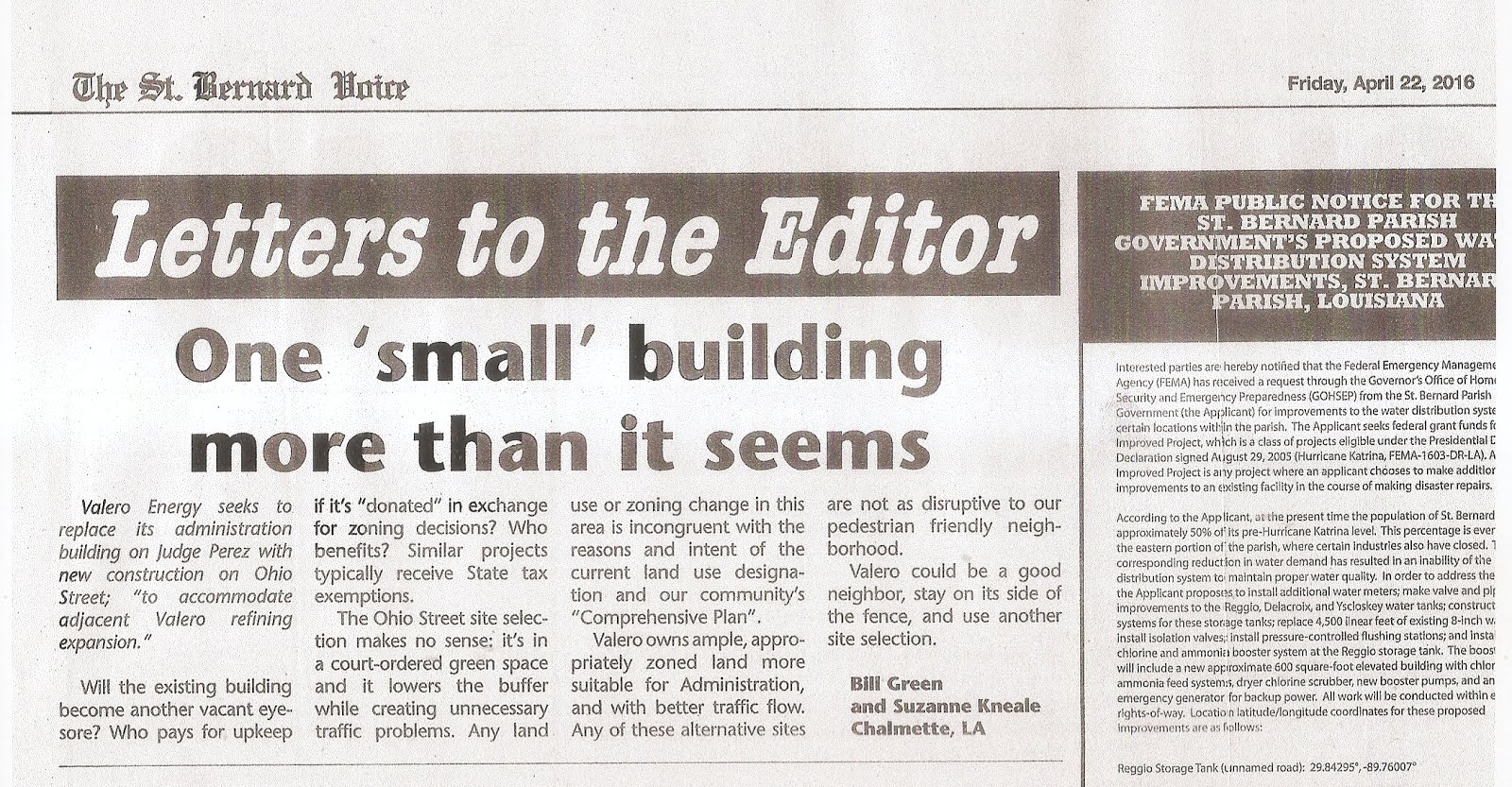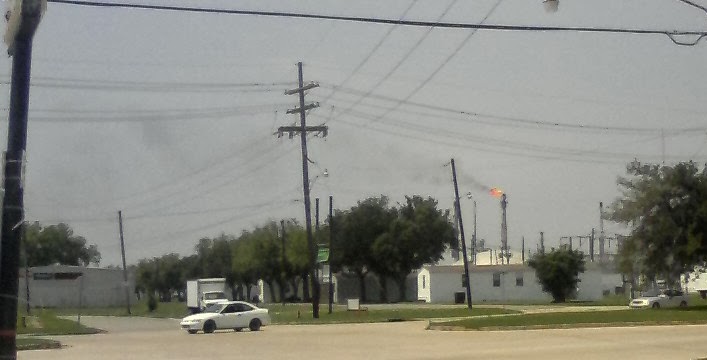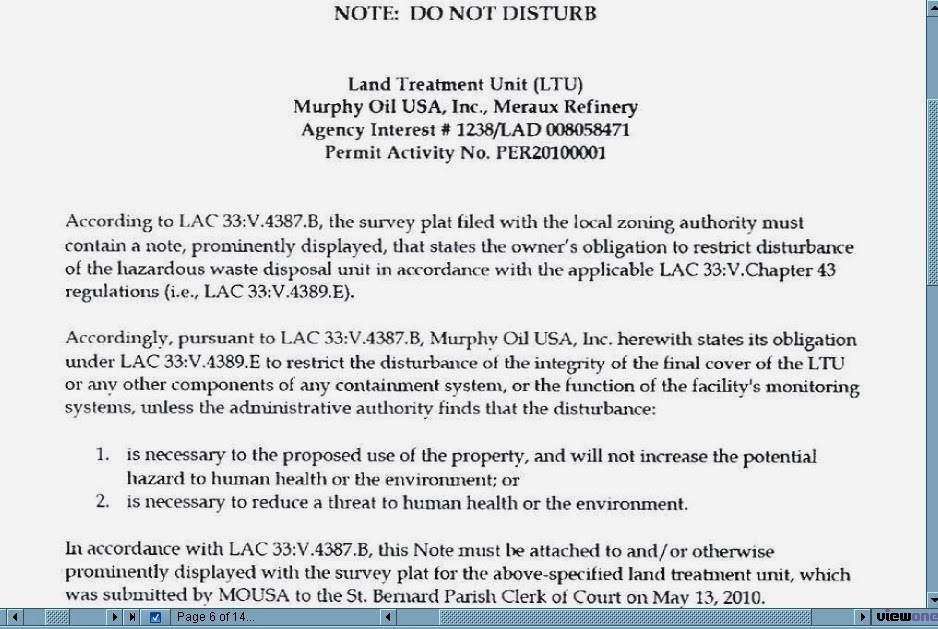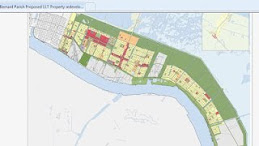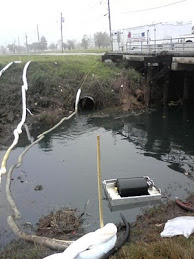Louisiana Department of Environmental Quality has failed to meet EPA deadlines for State Implementation Plans (SIPs) to improve air quality, including the State's Regional Haze plan and the State's plan for sulfur dioxide. St Bernard Parish is designated nonattainment sulfur dioxide air quality and several residential areas of the community are in the very high percentiles for NATA Diesel particulate matter (PM2.5), according to EPA's EJScreen Tools. Residents are concerned about public health, lack of action by EPA, and the growing number of proposed economic development projects that will result in further air quality degradation.
The Louisiana SIP for Regional Haze plan should address and restrict emissions of nitrogen oxides and sulfur dioxide, including emissions from "electric power plants, refineries, and chemical plants" to improve visibility in national parks and wilderness areas. Louisiana SIP for Regional Haze has been delayed since 2018 and the State missed a July 2021 deadline for an EPA approved SIP. According to environmental journalist Mark Schleifstein, pollution from Louisiana plants adversely affect air quality at two federal areas: The Breton National Wildlife Refuge [BNWR], including the Breton Sound and Chandeleur islands of St Bernard & Plaquemines Parishes, Louisiana, and the Caney Creek and Upper Buffalo wilderness areas in Arkansas. In August 2022 "Kemp's ridley sea turtle hatchlings were found on Chandeleur islands for first time in at least 75 years," and the closure of the MR-GO has contributed to improved conditions for the BNWR.
Louisiana DEQ and EPA need to step up and do their part to be part of the solution.
The State SIP for sulfur dioxide in St Bernard Parish should address and restrict all sources of sulfur dioxide emissions to lower ambient air levels below the one-hour health limit of 75 parts per billion SO2. Louisiana & EPA have delayed a St Bernard Parish SIP for sulfur dioxide. Regulators continue to address an air operating permit at Rain CII Carbon Chalmette calcining. Efforts continue to focus on the challenges at Rain CII in meeting the public health standard. The challenges seem to vary as much as the plant's various operating scenarios and as noted in 2018 public comments: "On April 20 2018 the EPA published in the Federal Register [...] a notice to approve the February 2 2018 Rain AOC as a source specific SIP revision to make it permanent and federally enforceable. Rain considers this proposed rule to be extremely problematic since it simply cannot operate its facility subject to the AOC limits."
Meanwhile, lung health is at risk. A recent study by the University of Massachusetts Political Economy Research ranks neighboring Chalmette Elementary School as low as the Third National Percentile for air quality, and nearby Dr. Martin Luther King, Jr Pre-4 - 12th Grade Charter School for Science and Technology in Orleans Parish Lower 9th Ward in the 10th National Percentile for air quality.
Our children deserve better. Improvements to both State SIPs would greatly improve air quality, public health outcomes, and quality of life, especially for residents who reside on the other side of the fence from the polluting plants.
According to research reporting at ProPublica, Chalmette Louisiana residents in the neighborhoods near the PBF Energy Chalmette refinery and the Rain Carbon CII Chalmette calciner have "an estimated excess lifetime cancer risk from industrial sources of about 1 in 17,000." "Over the five years ProPublica analyzed, the excess risk here has ranged from as low as 1 in 28,000 to as high as 1 in 12,000. In 2018, the risk was 1 in 12,000."
The Most Detailed Map of Cancer Causing Industrial Air Pollution in the U.S. by Al Shaw and Lylla Younes, additional reporting by Ava Kofman November 2 2021 Updated March 15 2022
https://projects.propublica.org/toxmap/





